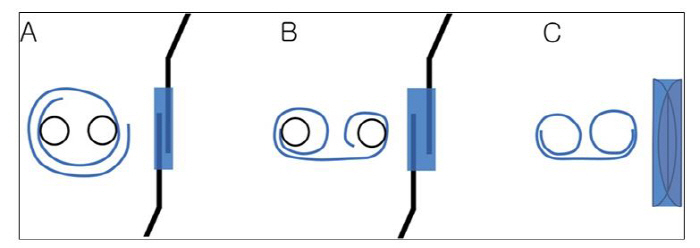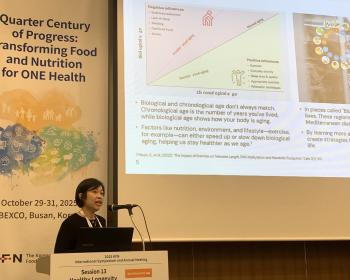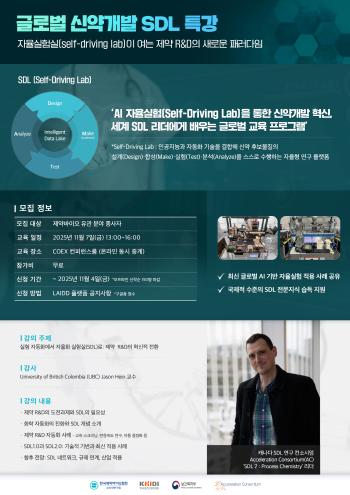New Corneal Endothelial Cell Transplantation Improves Success Rate and Stability
Dec 17, 2024
|
Professor Hwang's research team announced a new technique to convert a donor's descemet membrane into a 'double roll' form using two cannulas.
Traditional all-layer corneal transplantation is a method of replacing the entire cornea (the entire layer of the cloudy cornea is cut and the donor corneal is sutured), but recently, DMEK (Descemet membrane endothermic keratoplasty) surgery has been mainly used to treat corneal endothelial cell abnormalities.
DMEK has the advantage of reducing corneal astigmatism, probability of developing glaucoma, and risk of rejection and effectively improving vision after surgery. However, it is difficult to deal with because the thickness of the decime membrane is only about 10㎛, and there is a high risk of endothelial cell damage during the surgical process, and the process of unfolding the decime membrane is particularly difficult.
Hwang developed a new surgical method to solve these problems. Before inserting the decime membrane of the donated cornea into the eyes of the recipient, it was converted into a 'double roll' using two cannulas and then unfolded immediately after inserting it.
During surgery, the research team dyed the decime membrane of the donated cornea with trypan blue dye and then placed it in a petri dish filled with a balanced salt solution. Two 28-gauge cannulas were then inserted at both ends of the decime membrane to convert a single roll into a scroll-shaped double roll.
The deseme membrane, which changed its shape in this way, was prepared by inhaling it into the Jones tube, and the desem membrane was easily unfolded by simply tapping the corneal center after insertion in the front of the beneficiary. After that, air was injected into the front to stably attach the decime membrane.
In this study, patients who applied the new technique recovered their corrective vision to 0.8 after 3 months, and the number of endothelial cells was maintained at 1095/㎟. The corneal thickness was 533㎛, and all corneal edema was lost, and the cornea remained transparent and clean.
Professor Hwang stated "The new double-roll conversion technology is significant in that it simplifies the existing complex surgical process and minimizes the risk of endothelial cell damage" and is planning to develop a standard protocol for corneal endothelial cell transplantation based on this technology."
The study was recently published in the renowned international journal 『Corna" in the field of ophthalmology.
|
This article was translated by Naver AI translator.















